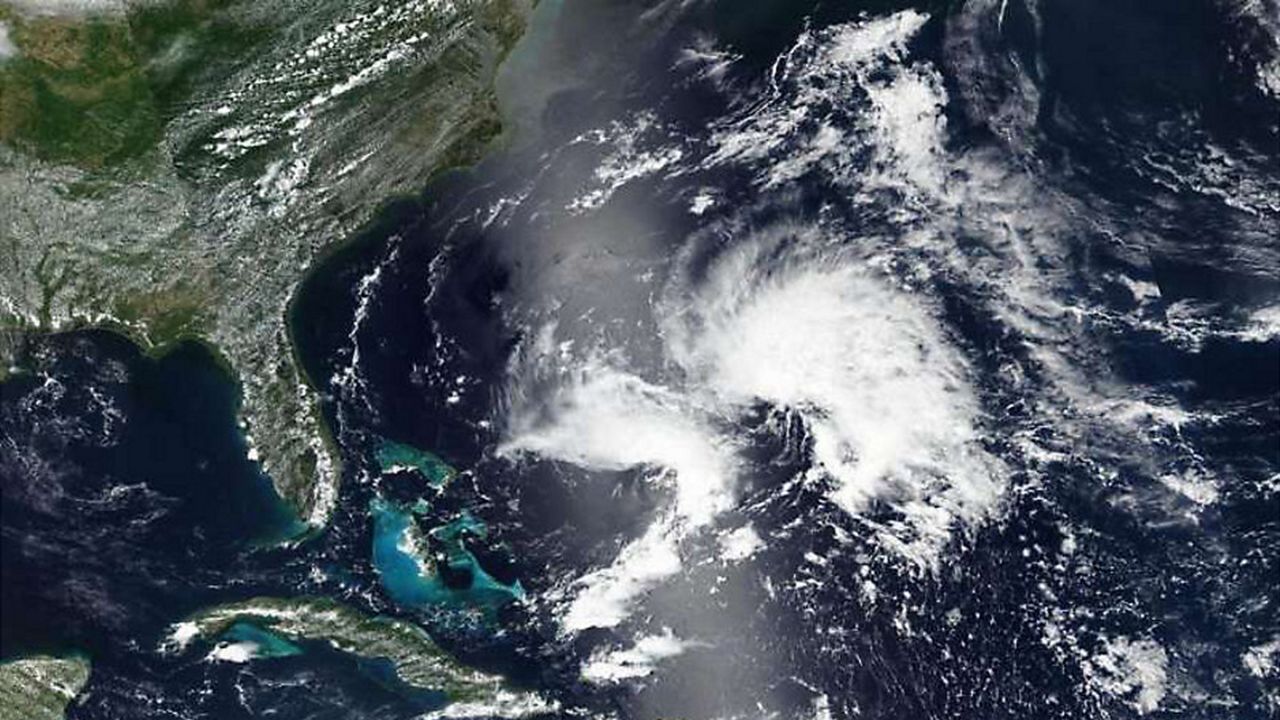ORLANDO, Fla. — There are many factors behind the development of tropical systems, and whether or not a season will be active or inactive.
- STORM SEASON 2019: Interactive Storm Tracker | Latest News | Tropical Weather Maps | Printable Supply Checklist | How Much Do You Know About Hurricanes? Take Our Quiz | Download the Spectrum News 13 App
- READ MORE: Spectrum News 13's Weather Blog
For example, tropical storms and hurricanes need warm ocean temperatures (80 degrees or hotter). Additionally, wind shear (the changing of wind speed and direction with height) needs to be low to not tear potential tropical systems apart, and tropical moisture should be in high supply to fuel the storms.
You may have heard that 2019 is supposed to be an “El Niño” year. This generally leads to an average or below average year for tropical systems in the Atlantic.
But the latest outlook shows that the El Niño phase that we have been in over the past several months may come to an end in another month or two.
This is important, because we have yet to hit the peak of hurricane season, which is on September 10.
The weakening of El Niño could then lead to more activity in the tropics as we approach the peak of the season.
El Niño develops when the central and eastern Pacific Ocean temperatures start to heat up and become warmer than normal.
This leads the subtropical jet stream (the steering flow of storm systems from west to east) to become more active during the winter months, and this active jet stream pulls in more cold fronts through Central Florida, leading to more severe weather.
This strong wind shear is when wind changes speed and direction with height, which keeps tropical systems from developing.
It can also lead to more sinking air rather than rising air. This sinking air suppresses the formation of storms, and ultimately, tropical systems.
But if El Niño is to loosen its grip on our weather patterns, it could make for a more favorable environment for tropical systems to develop.
There are many factors that go into tropical systems developing, as we mentioned, and El Niño is only one part of weather forecasting puzzle for hurricane season.
In the end, it is too early to tell when El Niño could fade and what it will actually mean for the hurricane season going forward.
Remember, it only takes one hurricane or strong tropical storm to make it an active season. It is always best to be prepared well in advance of any potential future storm.




